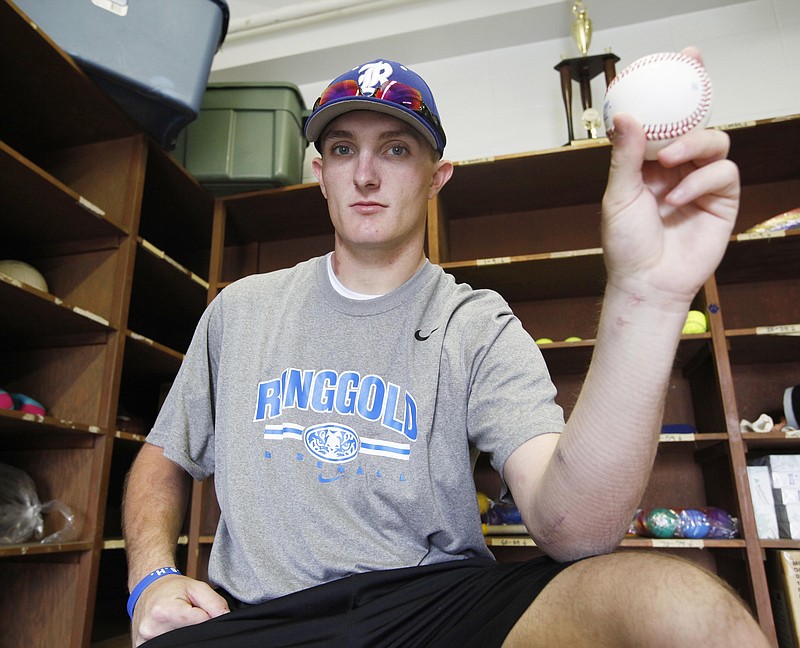Tommy John Surgery• What it is: Ulnar collateral ligament reconstruction via surgical graft in which a ligament in the medial elbow is replaced with a tendon from elsewhere in the body (forearm, hamstring, hip, knee or foot) or from a cadaver. Holes are drilled in the ulna and humerus bones at the elbow and the tendon is woven in a figure-eight pattern through the holes.• Where the name came from: The procedure was first performed in 1974 by Dr. Frank Jobe, at the time the team surgeon for the Los Angeles Dodgers. This procedure, which was given a success chance of 1 in 100, was named for the pitcher who was the first to have it -- Dodgers lefty Tommy John, who came back and finished with 288 career victories.
Tommy John surgery takes about an hour on the operating table. What follows is at least 364 days of rehabilitation.
Cost of the surgery, according to a Gainesville (Ga.) Times story that cited the Georgia Sports Orthopedic Specialists center, is more than $15,000, and that doesn't include rehab.
"How long sitting in physical therapy? A bare minimum would be at least three months," local physical therapist Shawn Craig said. "It's not every day but at least two or three days per week. Usually it's so minimal what you can do early on."
She currently has two patients recovering from the surgery and also did the rehab for former Colorado Rockies pitcher Jamie Tricoglou from Soddy-Daisy, based on his surgeon's specific post-op parameters.
Some players begin rehab a week after their surgery; others could be two weeks.
"So much depends on what the physicians want and how conservative or aggressive they are. One sent us a patient two weeks after his surgery," Craig said. "With the two we have now, they weren't even two weeks out."
The rehab depends also on where the tendon used to replace the damaged elbow ligament comes from. The two most used grafted tendons come from either the wrist or the quadriceps, but then physician and therapist are dealing with a second injury, and with a wrist tendon any kind of activity beyond therapy won't start until 14 weeks after the surgery.
Most patients come out of the brace in week five, and at six weeks Craig most often starts a shoulder strengthening program.
"The first two or three weeks the range of motion is so limited," she said. "They're in braces and you try to bump up their range of motion. You don't want them to lose their shoulder range of motion, so you want to keep it stretched out also."
The worst part of the surgery and rehab was not being able to pick up a ball for six months, said Tricoglou, a former sixth-round draft pick who was a relief specialist as a pro.
"The rehab was four hours Monday, four hours Wednesday and four hours on Friday, and then on Tuesday and Thursday you're doing it at home," he said. "A lot of people aren't dedicated enough to do that. You have to take that time and understand you can't come back 100 percent if you cut any corners."
There was pain to be sure, but Tricoglou said there was more pre-surgery agony.
"When I initially tore the ligament, my fingers went numb and I started to get a lot of swelling and couldn't straight out the arm," he said.
But he did come back stronger. Before the injury his fastball was 91-94 mph. After surgery and rehab he said he was hitting 94-95 mph consistently and occasionally touching speeds higher than that.
Then he developed shoulder problems.
"Dr. [James] Andrews told me if you make it past three years [following Tommy John] surgery you have a good chance of not having any problem. Much of mine was changing the shoulder [throwing] motion," he said.
Tricoglou came back from surgery to repair the shoulder and a partially torn rotator cuff and pitched two more years in independent ball. He then retired.
"I wish I had given it another year," he said, "but a friend told me I could go to [a major league] camp, have a 0.00 ERA and look great and they'd have seven guys in front of me that they had $2 million invested in."
